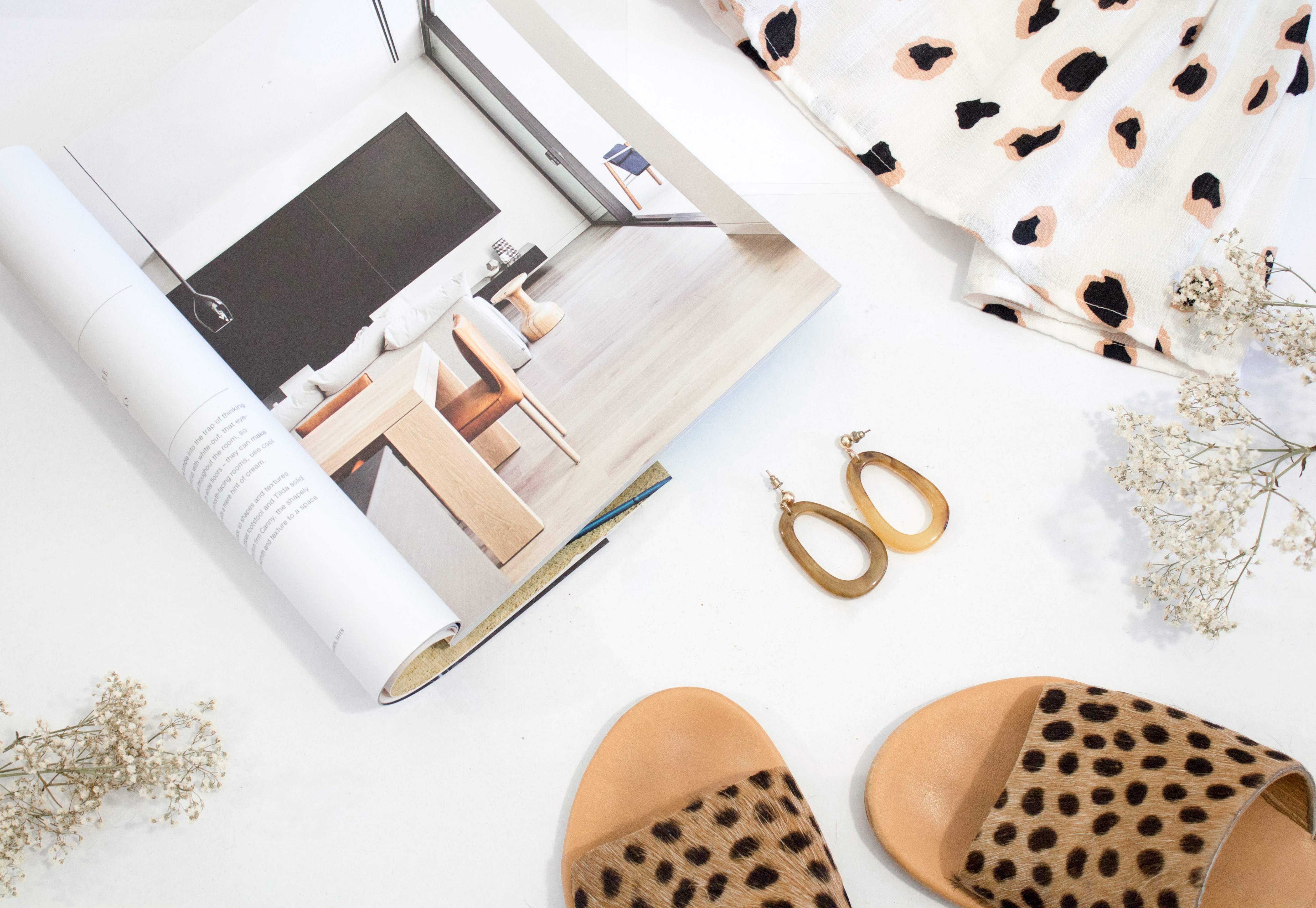Balancing Creativity and Commercial Viability Fasion
Balancing creativity and commercial viability in fashion is a delicate yet essential aspect of succeeding in the industry. Here’s a guide on how fashion designers and brands can navigate this challenge effectively:
1. Understanding Creativity vs. Commercial Viability
Creativity: In fashion, creativity is about innovation, originality, and pushing boundaries. It involves developing unique designs, experimenting with new materials, colors, and silhouettes, and expressing a distinct artistic vision.
Commercial Viability: Commercial viability refers to the ability of a fashion product to sell in the market and generate profit. It considers factors such as consumer demand, pricing strategies, market trends, and production costs.
2. Strategies for Balancing Creativity and Commercial Viability
a. Market Research and Trend Analysis
Know Your Audience: Conduct thorough market research to understand your target demographic's preferences, lifestyles, and purchasing behaviors. This insight helps tailor creative concepts to resonate with your audience.
Monitor Trends: Stay updated on current fashion trends and consumer preferences. Balance innovative designs with commercially viable styles that align with market demand.
b. Product Assortment Planning
Range Diversity: Develop a product range that includes both trend-forward pieces and staple items with broader appeal. This approach allows you to cater to different customer preferences and maximize sales potential.
Core Collection: Establish a core collection of timeless pieces that form the foundation of your brand's identity. These pieces provide consistency and reliability while allowing room for creative experimentation in seasonal collections.
c. Collaboration and Partnerships
Industry Collaborations: Collaborate with retailers, influencers, or other brands to leverage their audience and expand your reach. These partnerships can enhance brand visibility and drive sales of both creative and commercially viable products.
Supplier Relationships: Build strong relationships with suppliers and manufacturers to ensure quality, cost-efficiency, and timely production. Collaborate on innovative materials or production techniques that differentiate your products in the market.
d. Brand Positioning and Marketing
Clear Brand Identity: Define a clear brand identity that communicates your unique creative vision and values to consumers. Consistent branding builds trust and loyalty, supporting both creative experimentation and commercial success.
Effective Marketing Strategies: Implement targeted marketing campaigns that highlight the creative aspects of your designs while emphasizing their practical benefits and appeal to consumers. Utilize social media, influencer partnerships, and digital marketing to reach your audience effectively.
e. Financial Planning and Budgeting
Budget Allocation: Allocate resources strategically between creative development and commercial operations. Prioritize investments in design innovation, marketing efforts, and production efficiency to maximize profitability.
Cost Control: Manage production costs without compromising quality or design integrity. Explore sustainable practices and ethical sourcing options that appeal to environmentally conscious consumers.
3. Maintaining Creative Integrity
Stay True to Your Vision: While navigating commercial demands, maintain your brand's creative integrity and authenticity. Balance market trends with your unique design perspective to create compelling and distinctive collections.
Feedback Loop: Seek feedback from consumers, retail partners, and industry professionals to refine your designs and product offerings. Adapt to market feedback while staying true to your creative vision.
Conclusion
Successfully balancing creativity and commercial viability in fashion requires a strategic approach that integrates artistic expression with market-driven considerations. By understanding consumer preferences, leveraging industry collaborations, and maintaining creative integrity, fashion designers and brands can achieve sustainable growth and differentiation in a competitive market landscape. Embracing innovation while meeting market demands ensures that fashion creations not only inspire but also resonate with consumers and drive business success.















